Best X-Men teams of all time
Get your heads together with these best X-Men teams

The X-Men recently crowned a new team during June's X-Men: Hellfire Gala one-shot, picking a line-up of both classic mainstays and surprising new recruits.
Over the years, there have been hundreds of X-Men spread across numerous teams, with the core team's roster often changing rapidly itself.
With a whole new X-Men era on the way, including a host of new teams, we're looking back at the best X-Men teams of all time!
10. New Mutants
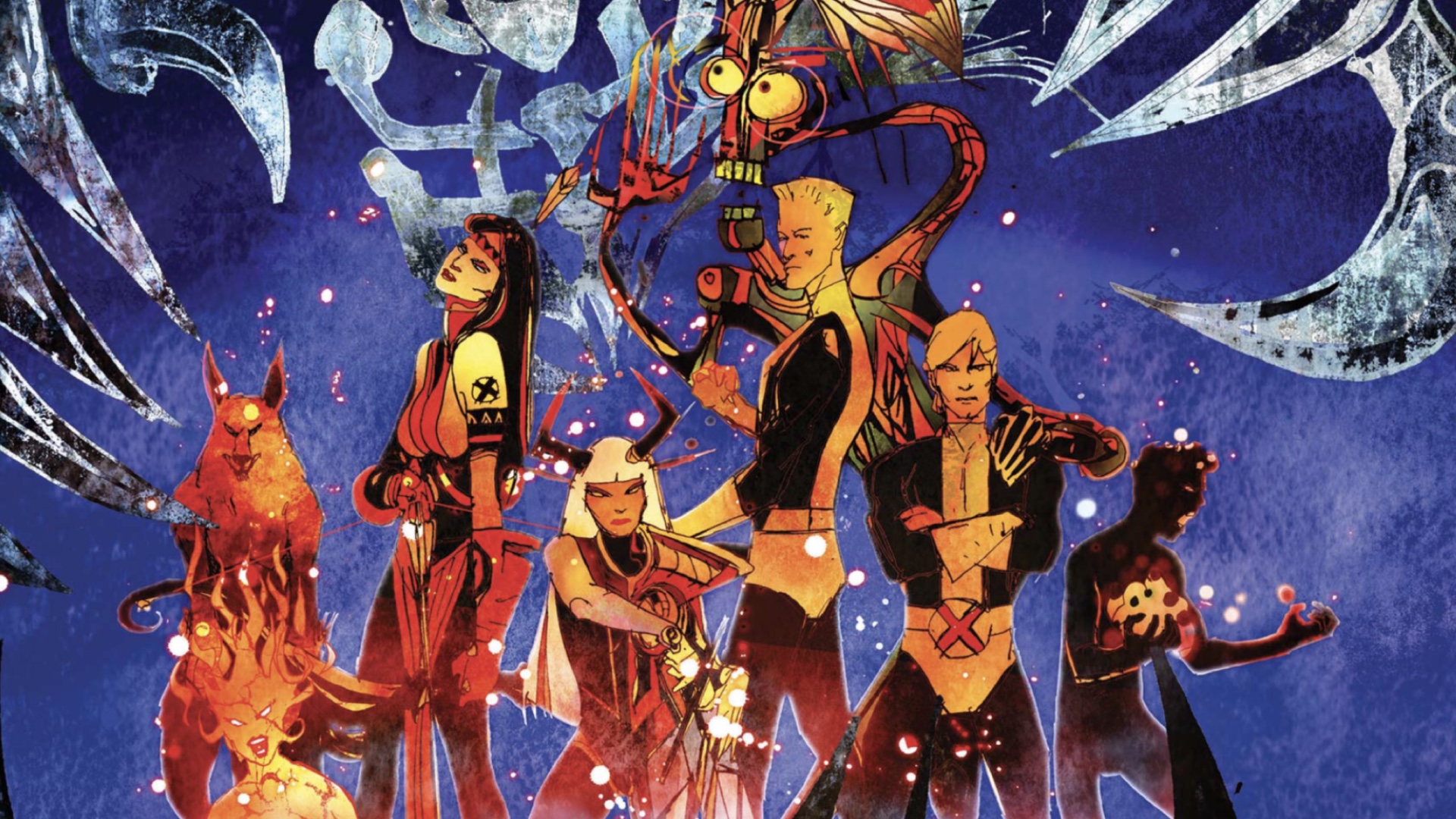
Established as a new class of students at Xavier's School for Gifted Youngsters in their first appearance in 1982's Marvel Graphic Novel #4, the New Mutants returned the X-Men franchise to its roots, focusing on a group of young mutants discovering and first learning how to use their powers.
Founded by a Brood-possessed Professor Xavier to be used as hosts for more Brood minions, the New Mutants managed to escape that fate and become mainstays at Xavier’s school.
Of course in true X-team fashion, the roster quickly grew, before even bigger changes led to New Mutants being canceled and relaunched as X-Force with an almost entirely different cast, led by Cable, the enigmatic mutant from the future who would become a major part of X-Men lore.
Both the New Mutants and X-Force have separate ongoing titles in the current X-Men line.
Get the best comic news, insights, opinions, analysis and more!
9. Excalibur

Formed back in 1987 by X-Men scribe Chris Claremont and artist Alan Davis, Excalibur combined the already established Marvel UK characters Captain Britain and Meggan with American X-Men characters Shadowcat, Nightcrawler, and Rachel Summers.
As a counterpart to the soap opera of Uncanny X-Men, Excalibur focused on more light-hearted adventure with the team hopping dimensions and dealing more with outlandish, magical threats than mutant politics.
Excalibur helped breathe new life into Captain Britain, and gave a couple of B- and C-listers the chance to shine to X-fans, even welcoming in stranger characters and other X-vets as the years went by.
A relaunched Excalibur series was one of the core titles of the X-Men line following the House of X/Powers of X relaunch, though it recently ended, to give way to the current Knights of X.
8. New X-Men

Grant Morrison's New X-Men was the run that proved anything and everything could happen in the X-Universe.
Grant Morrison simplified things by keeping the roster small and close-knit, focusing on developing and even overhauling their chosen characters. Reformed villain Emma Frost became the team's breakout character, with her romance of Scott Summers driving a wedge between the X-Men leader and his then-wife Jean Grey.
Beast's appearance evolved, giving rise to his more cat-like form that lasted over a decade. And then there was the matter of Xorn, the helmeted mutant who turned out to be Magneto in disguise, betraying the team and even killing Jean Grey (or at least sending her to the White Hot Room, where former Phoenix hosts go when they're killed).
Morrison also embraced the aesthetic of the 2000 X-Men film, outfitting everyone in sleek, black leather, and bringing back the idea of Xavier’s School, creating characters like Beak, Angel Salvadore, Glob Herman, Quentin Quire, and more, who still play a role in the X-Men years later.
7. Magneto's X-Men
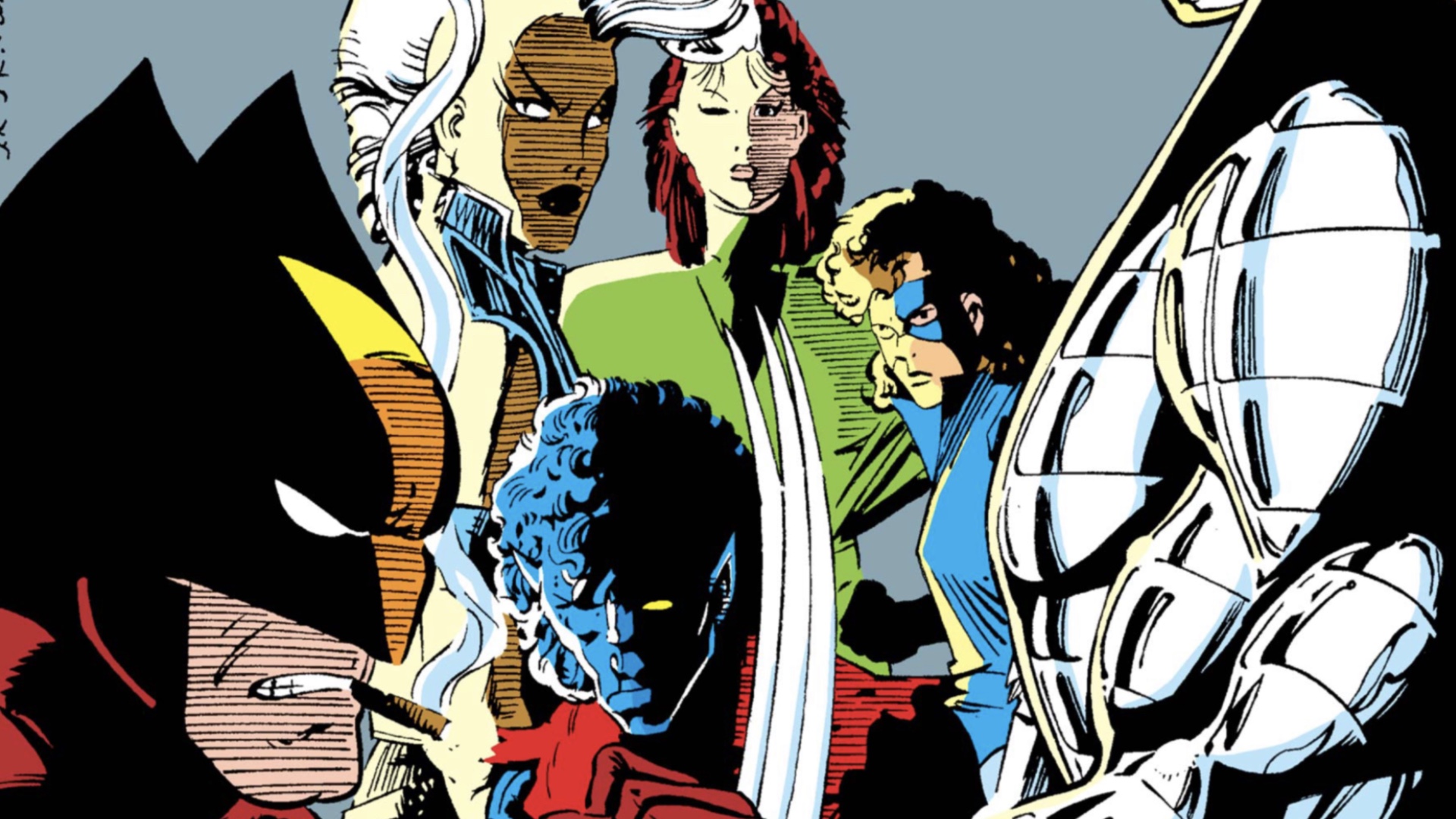
The '80s were an odd time for the X-Men as Professor X decided to stay in space with his main squeeze, Lilandra, and left Magneto in charge of the Xavier School.
What seemed like a potentially bizarre idea turned out to be one of Uncanny's best runs, with Nightcrawler, Wolverine, and Colossus essentially becoming the mutant equivalent of the Fabulous Freebirds, newbies Shadowcat and Rogue getting some great development, and of course, punk rock Storm fighting Cyclops for leadership.
While this lineup is one of the shorter-lived in the team's history, writer Chris Claremont used this era to evolve and push the characters and let them actually grow older, making way for the newer heroes that would soon join the X-ranks.
This era is also the indirect inspiration for the popular 'Pryde of the X-Men' cartoon pilot, and the X-Men arcade game of the late '80s, though Magneto is a villain in both of those adaptations.
Eventually, Magneto reverted back to villainy after he left the school - though he's since become an X-Men mainstay again.
6. X-Factor Version 2.0
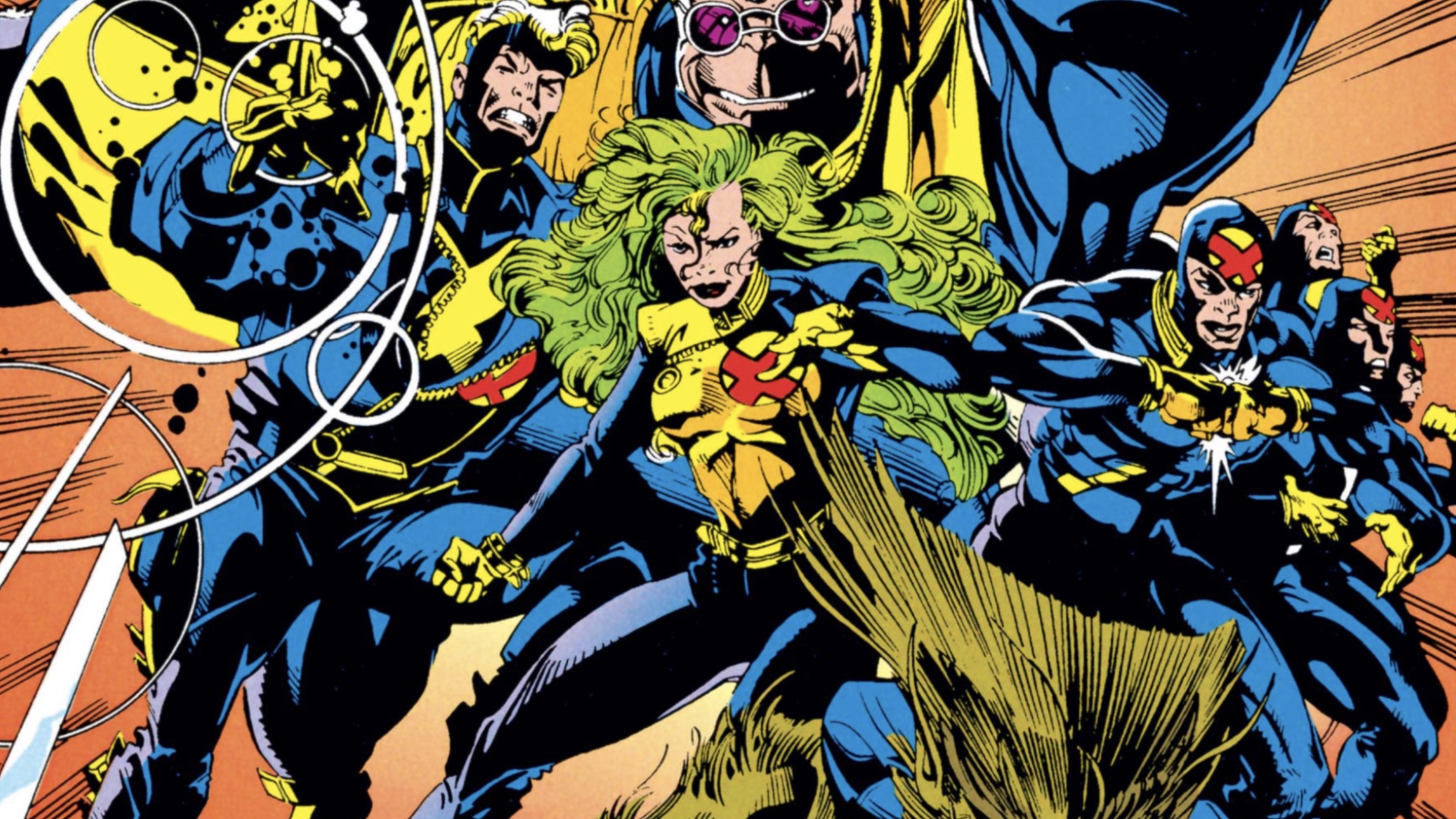
Government-sponsored and approved, the all-new all-different X-Factor, led by Cyclops's oft-overlooked younger brother Havok, showed us what misfits and rejects were all about.
Mainly formed by supporting characters, writer Peter David was allowed to flesh out the personalities of the team's new roster with a healthy dose of humor and pop culture that made them seem relevant despite their B-List status.
As the years went by, the team gradually shifted again, bringing Forge into a leadership position when Havok was presumed dead, and adding former villains such as Mystique and Sabretooth, as well as even more obscure characters like Shard and Wild Child. Although it didn't sell as nearly as the other X-books of the time, it still found a fanbase through David's unique voice and keen character development skills.
Before his eventual departure from X-Factor, David later re-reinvented the team as mutant investigators, a theme that has held over into the team's recently-concluded title.
5. The 'Outback Team'
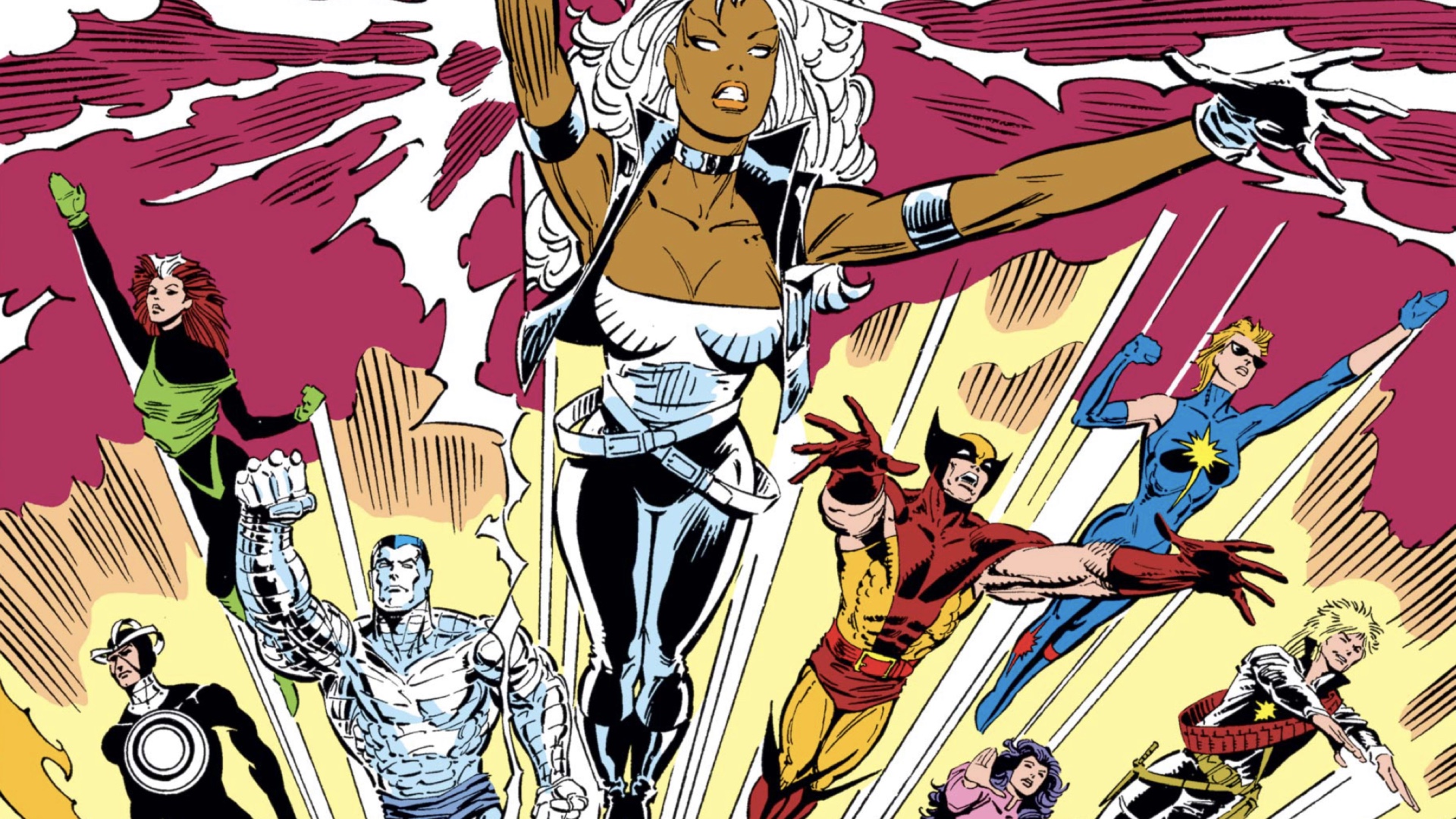
Probably the shortest tenure of any team on this list, lasting a little over a year before giving way to the Blue/Gold teams, the X-Men's so-called 'Outback' squad had a major impact nonetheless.
After the team crossed the Siege Perilous (a portal that remakes the lives of those who traverse it), many of its core members were presumed dead. In fact, they took up residence in Australia, using their anonymity to save the world. The tail end of these years also added X-Men mainstays like Jubilee and Gambit to the team, along with the enigmatic teleporter Gateway - whose relative Manifold is now a key member of the recently-concluded SWORD title.
This era spun out of the first 'X-over,' a line-wide story called 'Fall of the Mutants,' beginning a tradition of line-wide stories that have a major impact on the X-Men.
4. The First Class
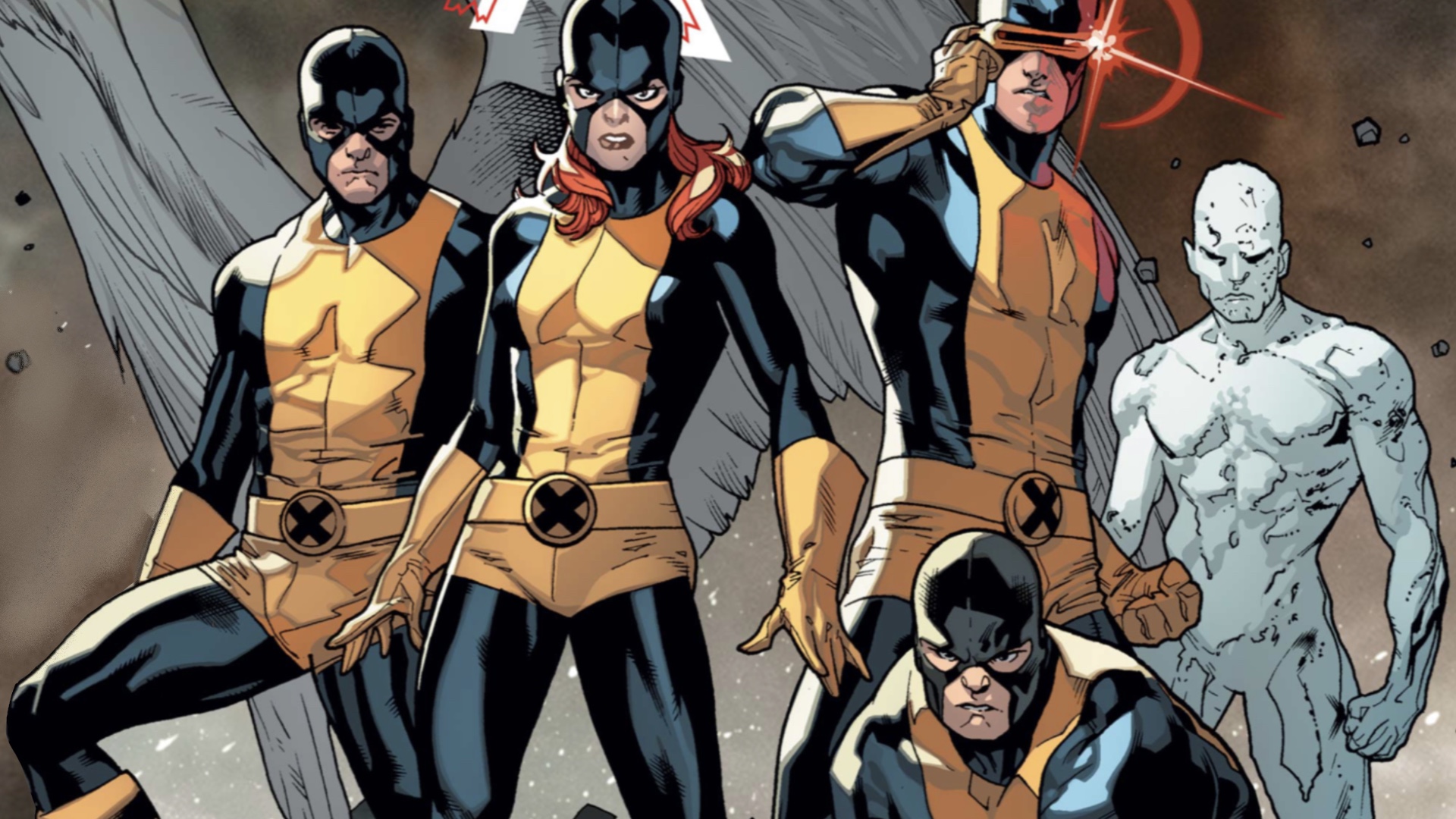
While most of these adventures have been retconned or ignored by modern-day canon, the 'First Class' line-up set the stage for what was the come.
It introduced Hank McCoy as a brilliant jock and a bit of a prankster, Scott Summers as the shy and almost hesitant leader, Bobby Drake as the class clown, Jean Grey as the new girl on campus (and prize pupil), with Warren Worthington III as the brash playboy who wasn't shy about saying what was on his mind. This line-up was also the longest-running without any major shake-ups, changing only when Havok and Polaris joined in the late '60s.
The team fractured after everyone but Cyclops was captured by the mutant island Krakoa (now the living landmass that forms the mutant nation of the same name), leading to a whole new team taking the X-Men name for the first time.
After years apart, the original five reformed in the '80s as X-Factor before folding back into the main X-Men team in the early '90s, where they have remained core characters of Marvel's mutant mythos.
3. Astonishing X-Men

After Grant Morrison's groundbreaking run on New X-Men, a new flagship title, Astonishing X-Men, brought back the team's superhero roots while simplifying Morrison's trimmed-down roster even more.
Keeping the X-Men involvement in larger company crossovers to a minimum, Whedon focused on huge character moments, building on the already tense rivalry between Cyclops and Wolverine, and resurrecting Colossus – which also reunited him with Kitty Pryde, reforging a relationship that was once central to the X-Men.
Astonishing X-Men has been called a love letter to Kitty Pryde, and that may be true. But the title was notable for giving no character short shrift, taking well-known relationships on the team in new directions, and leading directly to everything that came after for years to come.
2. Blue and Gold
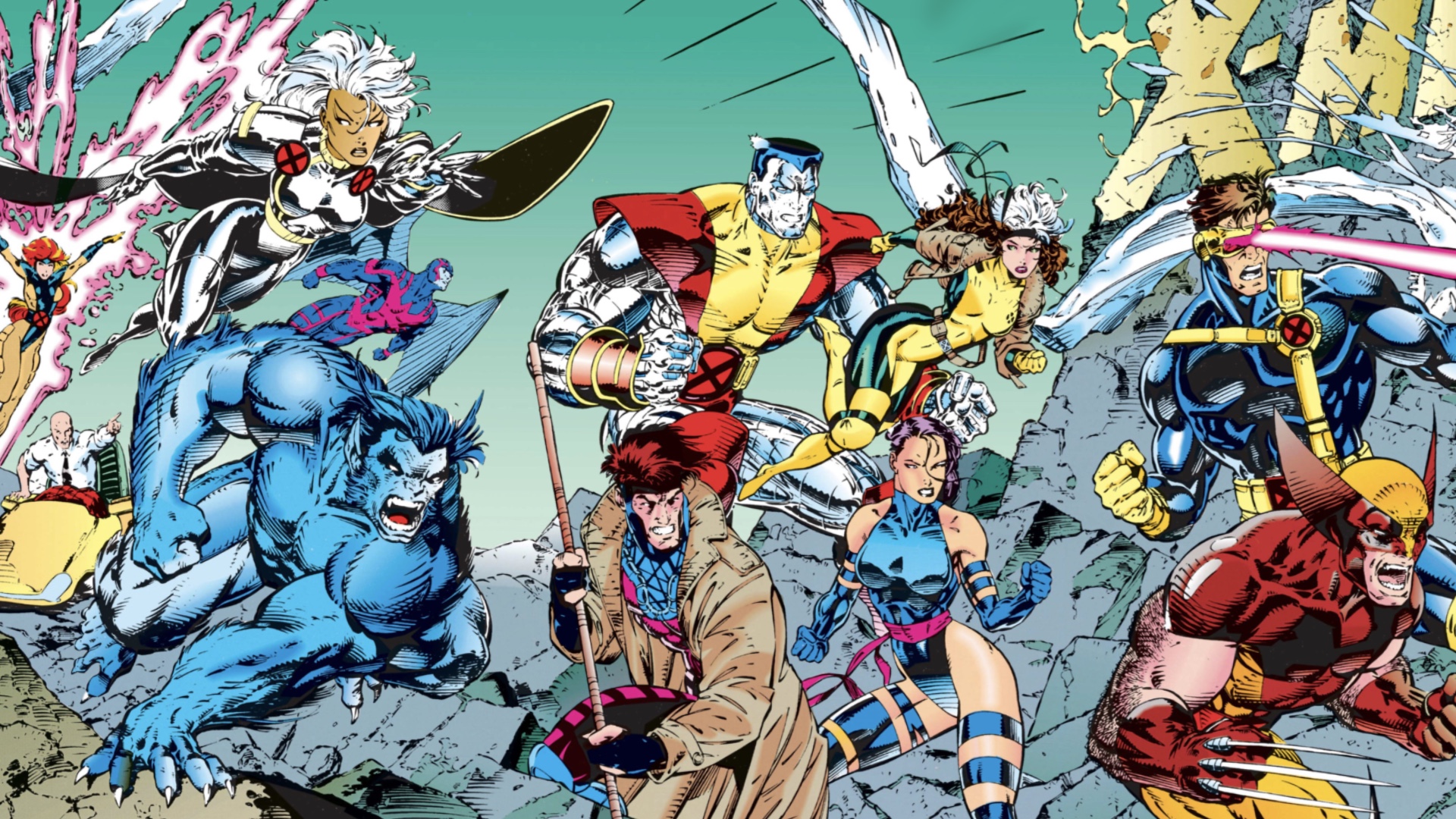
How do you solve a problem like having too many mutants on one team? You split them up, of course.
That's exactly what writer Chris Claremont and superstar artist Jim Lee did when they launched X-Men #1 in 1991, creating a second core title for Marvel's mutants for the first time in their history and spreading the ever-growing roster of mutant heroes over the color-coded Blue and Gold teams, featured separately in X-Men and Uncanny X-Men. With multiple covers and more hype than you can even imagine, X-Men #1 became the best-selling comic book of modern times.
Though the launch of X-Men also marked the end of Claremont's legendary tenure, it also began the era in which the X-Men were something of Marvel’s flagship franchise. This roster was immortalized in the 1992 animated series and for many fans is still the vision conjured when someone says 'X-Men.'
1. All New, All Different

When we talk about the best X-Men team of all time, the squad that started to form in Giant-Size X-Men #1 will more than likely be at the top of the list.
Why? This was the first major shake-up to the X-Men roster ever and introduced numerous characters that have been beloved mainstays of the team ever since. On top of that, it also propelled the X-Men into the center of the Marvel universe, making them popular in a way the original team had never been.
Instigated by Lein Wein and Dave Cockrum, Chris Claremont took over almost immediately for Wein and went on to be the X-Men's main writer and driving creative force until the early '90s. The Giant-Size team redefined the X-Men as a concept and created almost everything we think of as the core aspects of the franchise.
Claremont wasn't alone in this; many of the characters introduced with Giant-Size X-Men #1 were brought over by Cockrum, who scrapped together unused ideas from his Legion of Super-Heroes days to create Nightcrawler, and Storm – the first Black super-heroine to play a major role at Marvel or DC – and who, along with Colossus and massive breakout star Wolverine, became the core of the X-Men roster for decades.
Along with these characters, Claremont also brought back Jean Grey, who, alongside her paramour Cyclops, became a central character in his stories, leading to the legendary Dark Phoenix Saga.
Lan Pitts likes watching, talking, and writing comics about wrestling. He has mapped every great taco spot in the DC and Baltimore areas. He lives with his partner and their menagerie of pets who are utterly perfect in every way.


